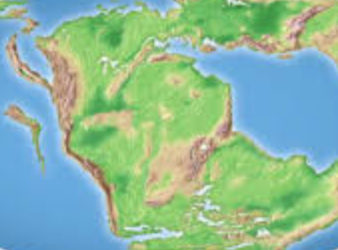Moving Through the Open Room Arranging Emptiness
Protected: Magnetic Charta 1
0. (“The pervasiveness of penology…”)
Metrica
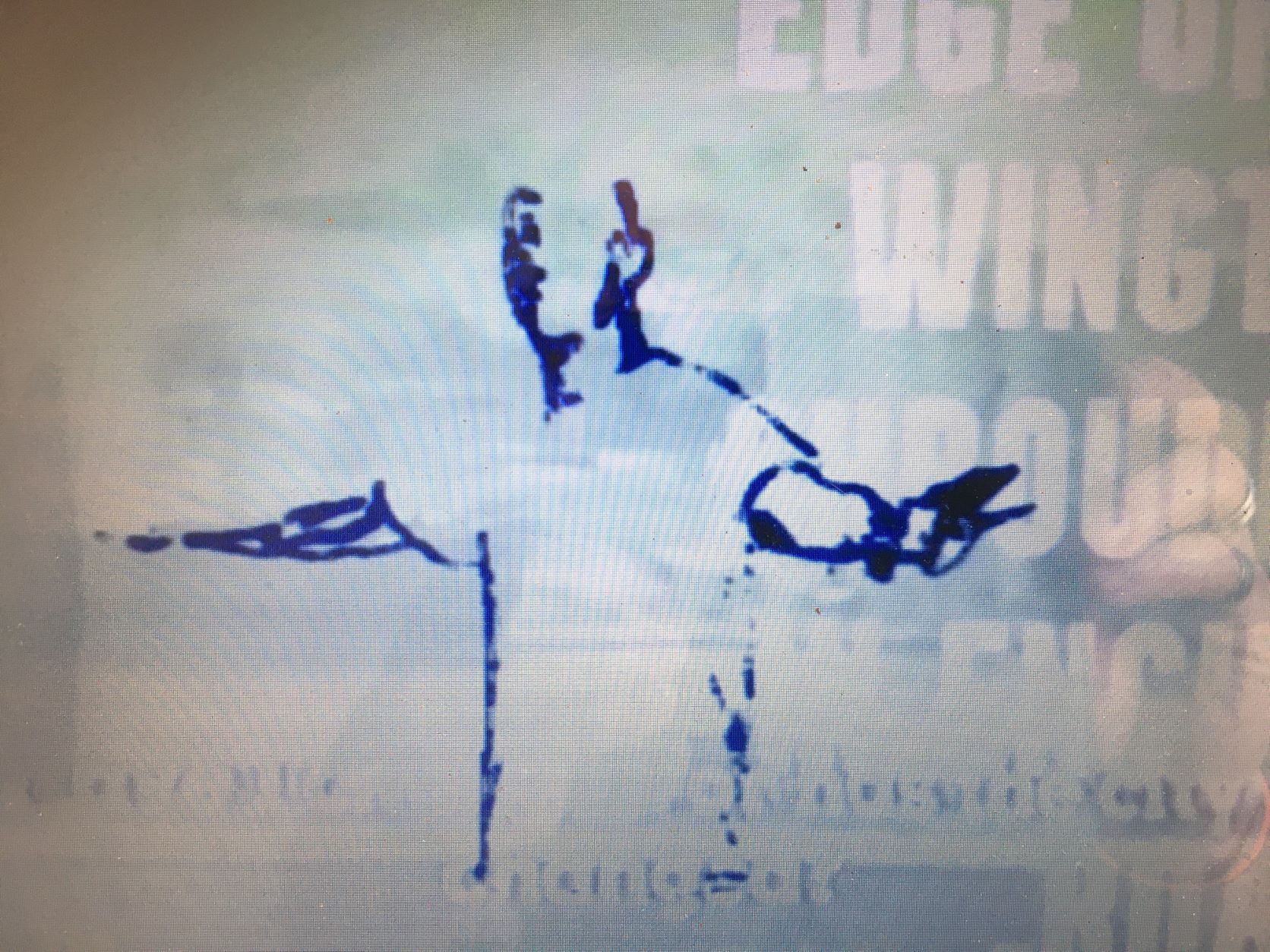
I don’t know how
& I don’t know when,
or where or why or
what—& so may
begin—
fragment from Tom Weatherly
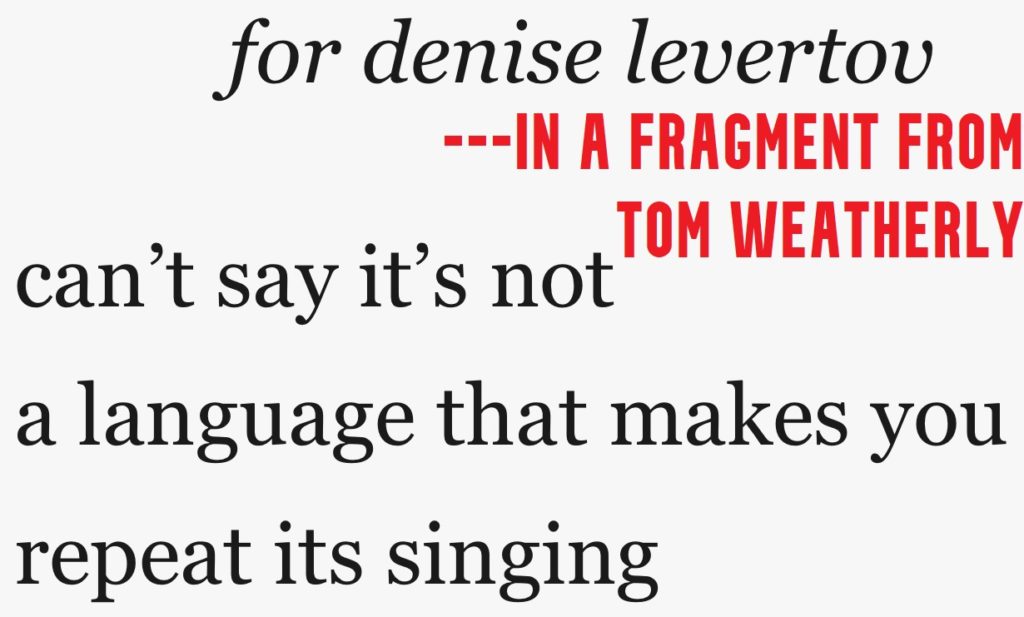
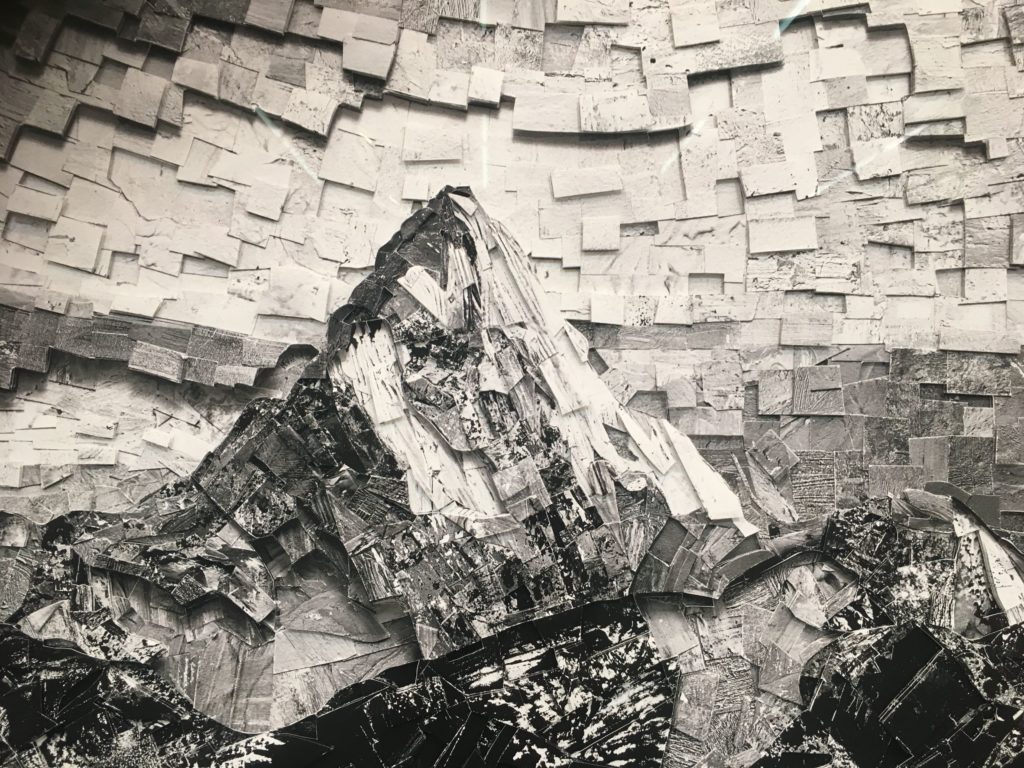
I don’t know how & I don’t know when, or where or why or what – & so may begin –
TOKYO A TOTO 02
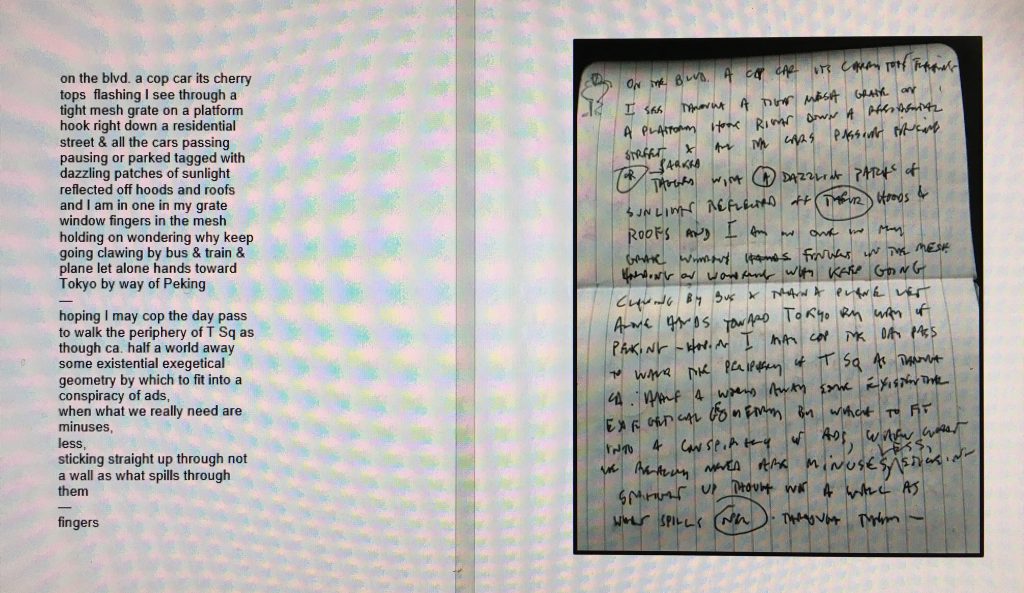
Catskill Sieve Survey 1
I made this in February of 2015 moving out of a plan to superimpose a fractal pattern onto the Catskill Mountains and then see what was there.
In this case what I found (logging down to the seconds longitudes and latitudes) were the centers of 64 vortexes in the pattern–here, the Julia Set–and you don’t really find in fractal geometries the application of “sieve” except related to the Sierpinski Sieve (or Triangle or Gasket) which I guess the triangulated structures of which possess a sieve-like pattern. Yet the fractal pattern does have a sieve action in motion–though undercutting that’s that it’s all repeating, or self-similar, and nothing is new except an uncanny visual sense of wonder tied to some raw infinitude with just enough swerve.
The origination of the word “sieve” falls to various European languages that all point toward a specific tool, a sieve–which at the time must have been a real find–a thing that’s used to separate, more or less, “finer from the coarser parts of disintegrated matter by shaking it so as to force the former through meshes too small for the latter to pass”–like the camel through the eye of the needle, with the understanding that “needle” was a colloquialism for the slits in forts of ancient Israel narrow enough (very) to guard against attack, because groups were always attacking each other. Anyway, it was such a great discovery that it got it’s own word, with a lot of other words and attitudes attached to it. “Sieve” falls to things that spill out, a displacement, “sift,” like “shift,” which would appear to be its kin yet’s actually closer to “shed,” from the Old English “to divide,” which is a large part of what a sieve does. It has to do with winnowing, like in the expression the chaff from the wheat–yet not, as it must be “the wheat from the chaff” as it’s got a little algorithmic engine inside it. And “sieve” possesses a certain anomonopoetia to sounds of rubbing off, like snakes skins.
And of course “sieve” has the same sound shape as the contraction for “civilization,” as underwriting my interest in this project was and is an exploration of the possibilities of remapping the Catskills–or to impose another random order on its extant one–and see what happens, or the Catskill Sieve. In that sense the thing itself is a sieve, though I don’t ascribe to the superimposition of the course/fine dual-headed viper, though practically speaking it’s difficult to escape; rather nothing, just see what happens, with some feeling around it and things and people to bring to work together, at which (collaboration) I’ve never been very good yet feel a strong disposition to keep trying.
The sound track is from the Atlas Mountains of North Western Africa (or Morocco) with whom the Catskill Mountains were joined in Gowanadaland 180-million years back when our continents were one.

(Though really here am I working with the Bedouins or projecting at best or ripping off their rhyme? I don’t think the latter as I really dig it, and other sounds I heard when I was researching–and can deliver the sound I found of women gathering wood among these eerie sound caves–yet the body of the research is now digital trackless dust–and we have to keep going–so I don’t know where this sound originates really, except it’s from the Atlas Mountains and is part of each of us.
I got as far as this, coupled with the notion I would go to these 64 longitude-latitude axes (down to the second) and record what’s there to discover or add out ahead, combing the hills and backs of people’s lives for years mapping the mountains.
Towers 1
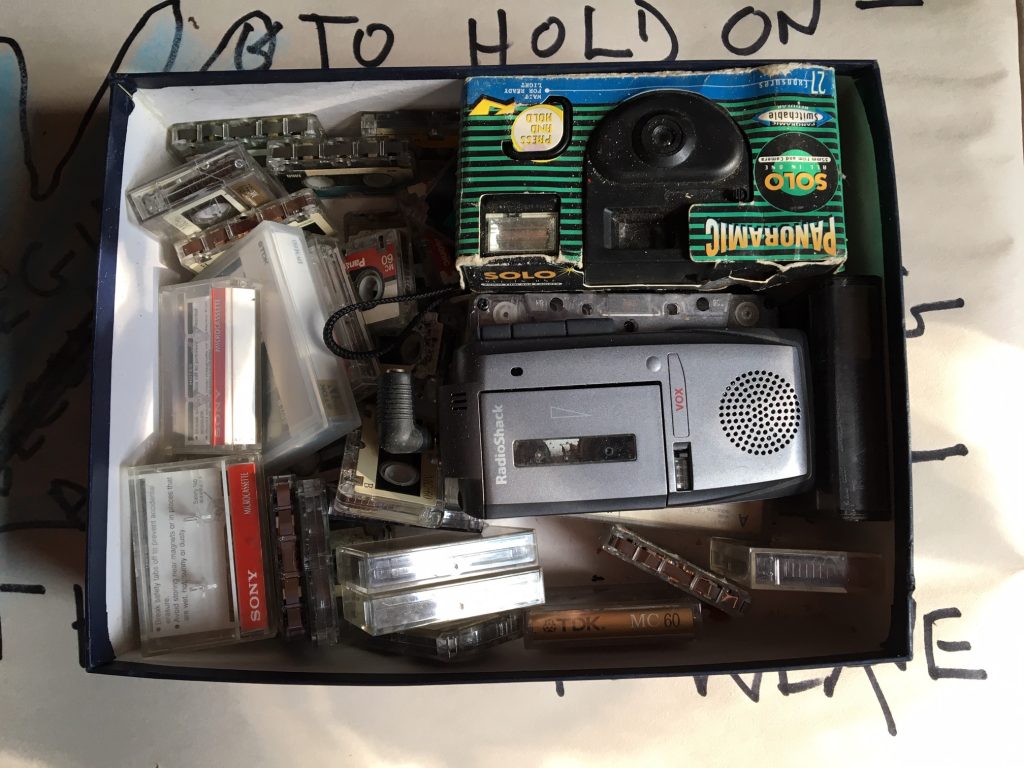
I awoke this morning with a strong desire–as I do most–a pryapic desire–which in the hierarchy of somewhat involuntary ones ranks close to those that form in the predawn hours of the “quickening,” or The Elixir, favored by yogis in some schools to meditate in, the veil being then most thin–yet in this case directed toward writing on my experience on that day now outside time called “Nine-Eleven,” or “9-11”–which in an ironic and perhaps swervy associative twist I link with Kurt Vonnegut’s “Ice Nine” from his novel Cat’s Cradle–I guess in part derived from the “nine” and then (transposed) the “I” in “Ice,” which grapholectically is like our “one”–as though from “I/1” letters and numbers light in different directions and almost seem to lead to different dimensions–and then my sense that letters and numbers constitute the battle–perhaps coming soon to another head–in which we have been engaged since Descartes, say, though the battle lines arguably may’ve been knitting for some time prior and traced to the beginnings of literacy to enumerating cattle, which in no small part we have been chopping and slicing and bundling–and monetizing, or “monitoring” (same derivation from the Roman god Juno surname)–ever since. Where the run of I and 1 go–which ultimately is zero, since it is always now–may be cauterized as the distinctions between “eternity” and “infinity,” the nuances of which puzzle me.
Underlying in part my desire falls to the fact I have a tape recording of that day I made on a hand-held cassette device when I joined a group going in to help rescue people and came at one point within two blocks of the World Trade Center hours after the towers collapsed. That tape is in this box with this slew of other mini-cassettes above, and I’ve wanted an occasion on which to find it, which I’ll do at the end of this exercise and play if it’s survived eighteen years of alternating heat and cold in attics, basements and other dungeons of the incontinuous present–with “incontinuous” in the sense of its use in this paragraph from Robert Louis Stevenson’s Across the Plains: with other Memories and Essays:
“I do not say that these revolutions are likely; only no man can deny that they are possible; and the past, on the other baud, is, lost for ever: our old days and deeds, our old selves, too, and the very world in which these scenes were acted, all brought down to the same faint residuum as a last night’s dream, to some incontinuous images, and an echo in the chambers of the brain.”
“(C)hambers of the brain” is overblown–though the World Trade Towers were on it–Chambers Street– and the great Century 21 clothing store below them crossing against traffic to look up hanging these towering silences gulls flew among.

